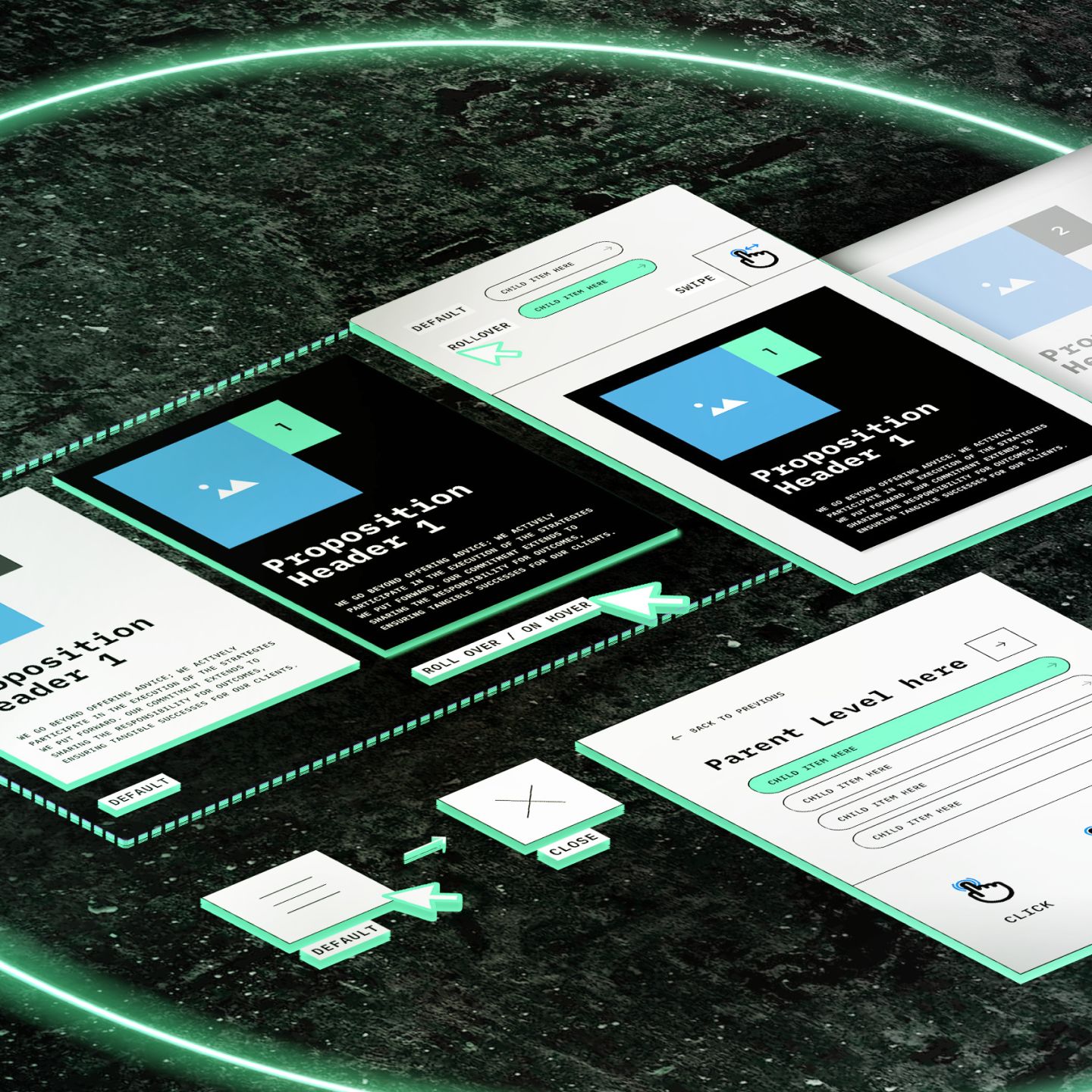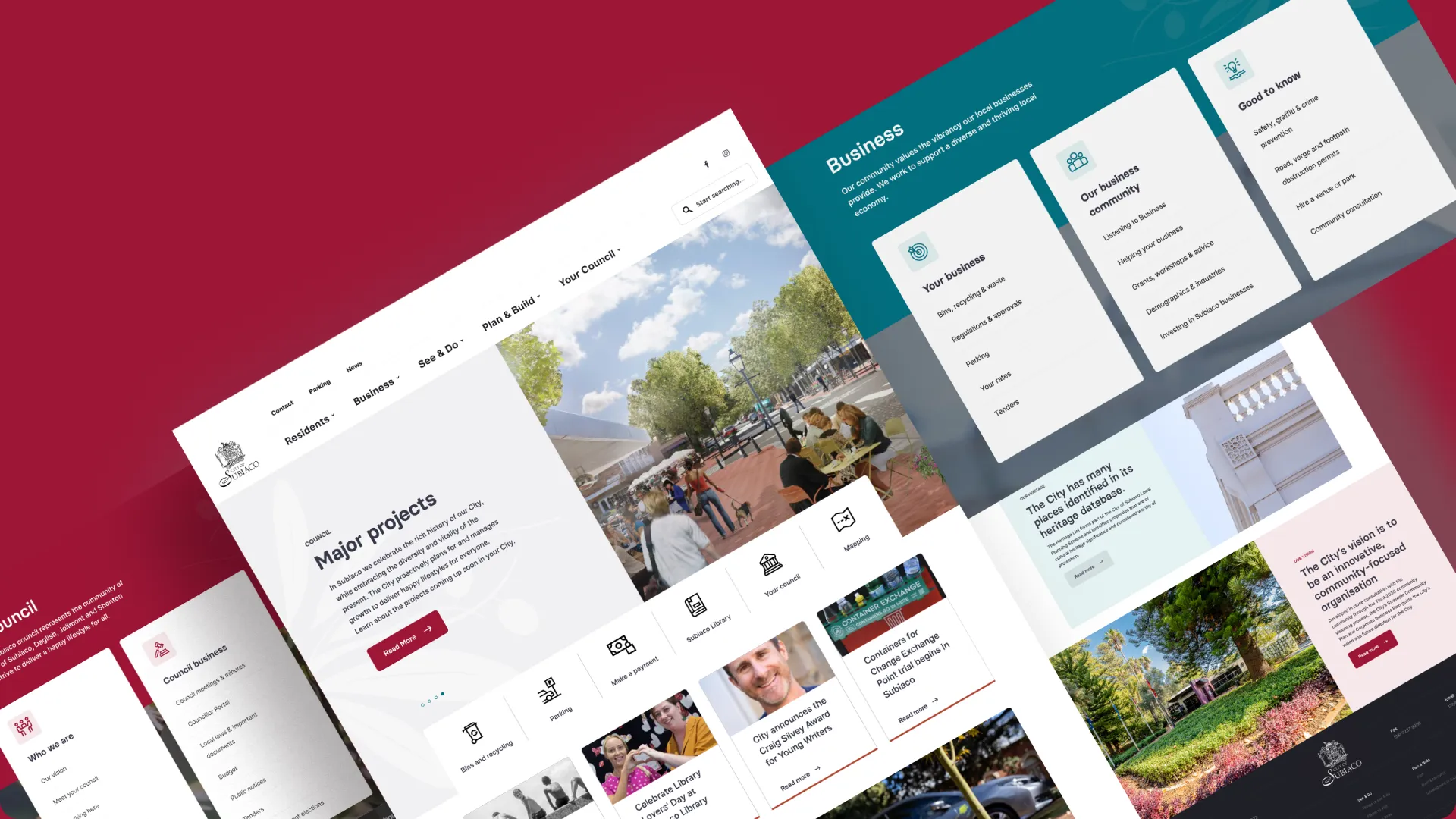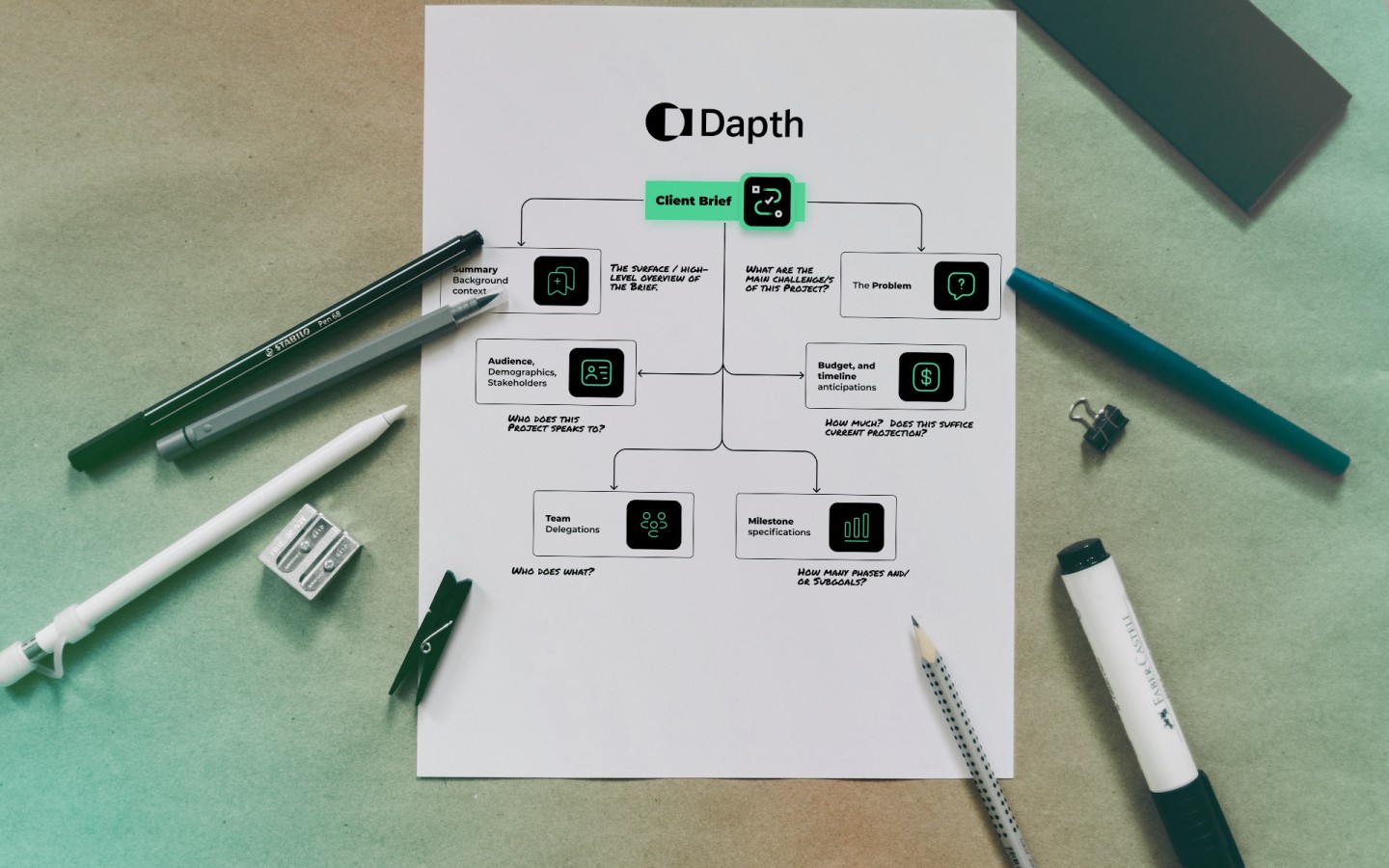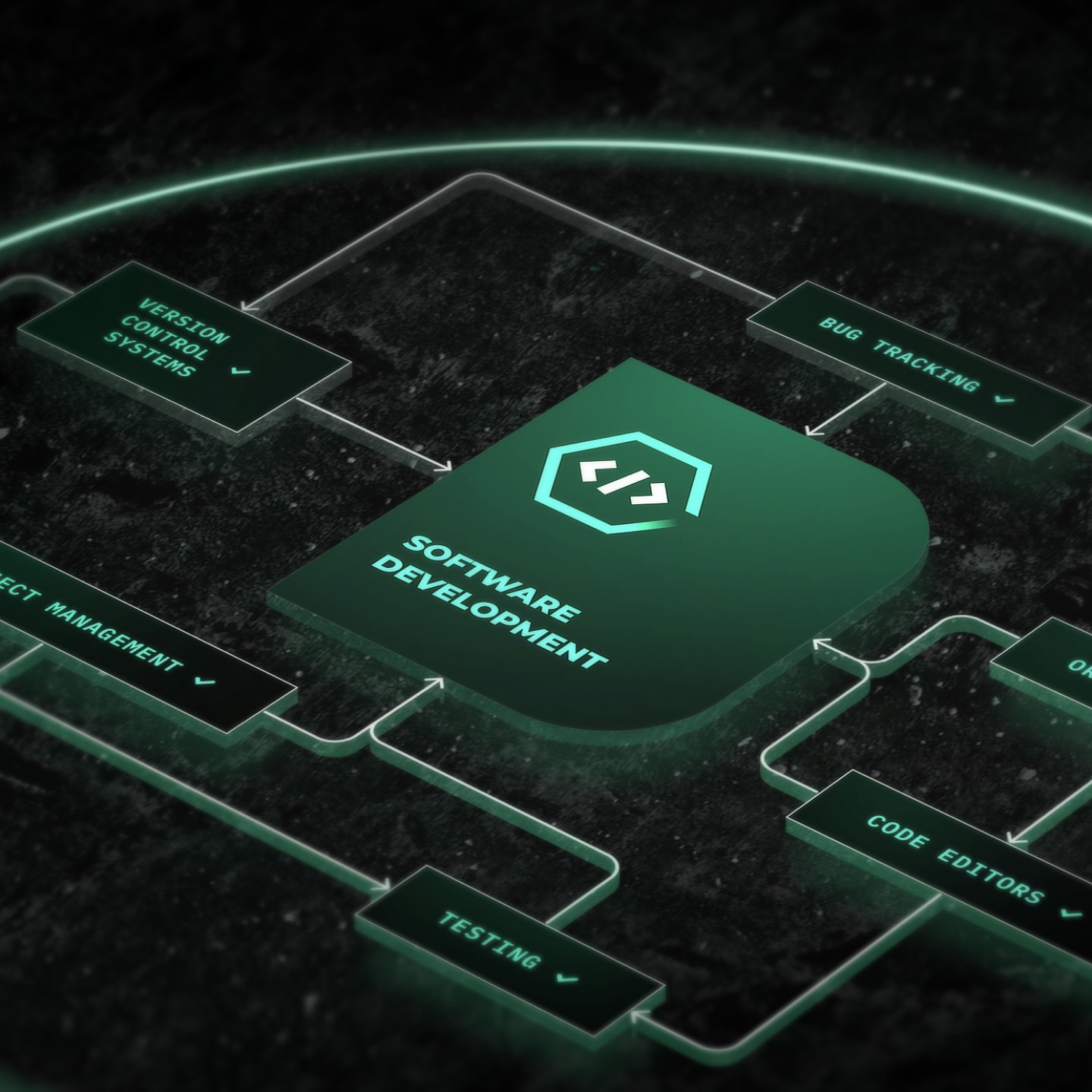
The methodology also streamlines the development process and optimises the outcome.
The methodology also streamlines the development process and optimises the outcome.
In essence, the software development lifecycle (SDLC) serves as the compass guiding the journey from planning to deployment.
This structured approach ensures a successful software development journey, steering clear of pitfalls and embracing a path of innovation. Following a structured approach is key to unlocking success in software development.

“Good people with a good process will outperform good people with no process every time.”
- Grady Booch
This quote from Booch, an internationally recognised software engineer, resonates in software development. When developing software, it is vital to have a robust process. A guiding framework, the software development lifecycle (SDLC) is an important process outlining each stage of software development. It's important to follow a defined methodology to avoid delays, budget overruns, and even failure. By planning, writing, modifying, and maintaining software using the SDLC process, developers can design and build high-quality software for various applications. The methodology also streamlines the development process and optimises the outcome.
It involves multiple phases that are arranged in chronological order to suit the unique needs of each project. By following the SDLC, development teams can minimise project risks and ensure that the software meets customer expectations. This forward-planning process accelerates and improves development, giving stakeholders visibility and owners project control. By breaking down the software development process into distinct phases, it becomes easier to achieve on time.
Although the exact number and nature of steps differ with the business and its goals, most organisations define an SDLC with five to seven phases - although complex projects can include more.

Planning Phase
The planning phase is the foundation of the software development lifecycle. During this phase, the development team outlines the project's goals, creates a detailed project plan and timeline, and identifies necessary resources and staff. Establishing the course of the project, it is a critical step because it establishes expectations, sets scope and purpose, and serves as a roadmap throughout the lifecycle.
One of the primary tasks during the planning phase is to identify essential resources and staff members working on the project. Crucial to mitigating potential risks, this phase can help foresee challenges and map out contingencies. In this way, the team is better equipped to navigate unforeseen hurdles that may arise during the lifecycle. The planning phase is the strategic foundation of the software development life cycle. Establishing project direction, it works to ensure each phase aligns with goals.
Analysis and Design Phase
During the analysis and design phase of a project, many important activities are carried out. These include conducting a thorough analysis of user requirements, designing the software architecture and system specifications, and creating wireframes and prototypes for visualisation.
The design phase plays a crucial role in determining and defining the technical aspects of a project. This can involve creating screen designs, prototypes, process diagrams, and system interfaces. Software developers analyse the requirements during the design phase and identify the best solutions to create the software. Considering how to best integrate new software into the organisation's existing IT infrastructure is also a key step during this phase. Brainstorming and documenting business requirements, including specific software needs also takes place. Ultimately, this phase determines its architecture, look, and feel.
Implementation Phase
During the implementation phase of a software development project, developers will begin coding the product based on design specifications. This phase is crucial in bringing the product to life as the developers will break down the requirements into smaller, daily coding tasks to achieve the desired outcome. The development team will work with programming languages and frameworks to write the code that will make the product work. To ensure proper functionality, regular testing and debugging will be conducted throughout.
Collaborating to ensure seamless integration of the various components, the team will ensure proper functionality because they realise one badly developed component can cause the entire product to malfunction.
In addition to coding, the development team will also create a user interface (UI) to build the functionality of the product or service. The UI is the part of the product that the user interacts with, so it must be user-friendly and easy to use.
The implementation phase is time-consuming and requires extensive programming skills and knowledge. However, with the proper planning and execution, the development team can create a high-quality product that meets the needs of the users.




Testing Phase
When developing software, it is essential to ensure it meets quality standards and is free from errors. To achieve this, the development team combines automation and manual testing to check software for bugs.
Testing and development phases often run parallel to each other, with the testing phase crucial in identifying and fixing bugs. During this phase, comprehensive testing is carried out, and user acceptance testing (UAT) is conducted to test the software in real-world scenarios.
Before deploying the software, it is crucial to ensure that it meets quality standards. This involves testing the software for errors and checking if it meets customer/user requirements. Before releasing any mock-ups into final production, thorough testing is necessary to ensure it is fully bug and error-free. Any issues need to be fixed before moving forward with deployment. Additionally, it is essential to manage the system's integration into existing systems, software, and processes to ensure seamless operation.
Deployment and Maintenance Phase
The process of software development involves several phases that are crucial for ensuring quality and functionality. Collaboration among team members is essential to achieve the desired results. The Testing phase is critical to identifying and fixing bugs and ensuring that the software meets quality standards. Deployment and maintenance are equally important, marking the release of the software, ongoing improvements, and customer feedback integration.
To ensure a successful software development journey, it is important to follow a structured approach that steers clear of pitfalls and embraces innovation.
.jpeg)

Are You Ready For a Digital Revolution?
If you are looking for software development services, there are key benefits to partnering with Dapth, including:
- Our digital team will lead and implement your project from beginning to end (no outsourcing).
- We proactively teach you how to manage your website yourself, removing the reliance on us / any web developer.
- We demystify topics such as plugins, SEO and integrations.
- When you are ready to evolve your website to execute your strategies, the same team are ready to partner with you.






_web.webp)































_web.webp)
_web.webp)
_web.webp)

_web.webp)



_web.webp)





























